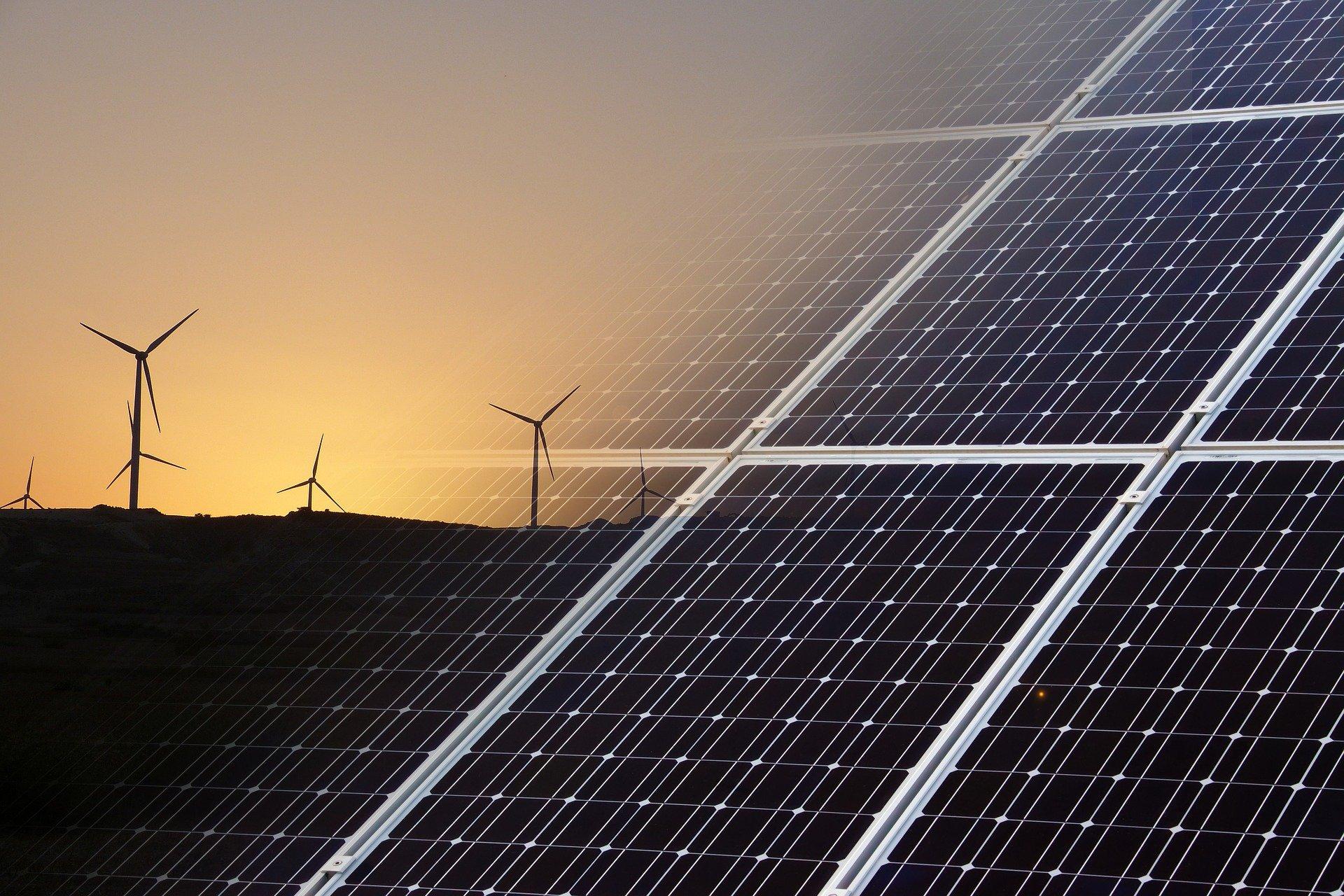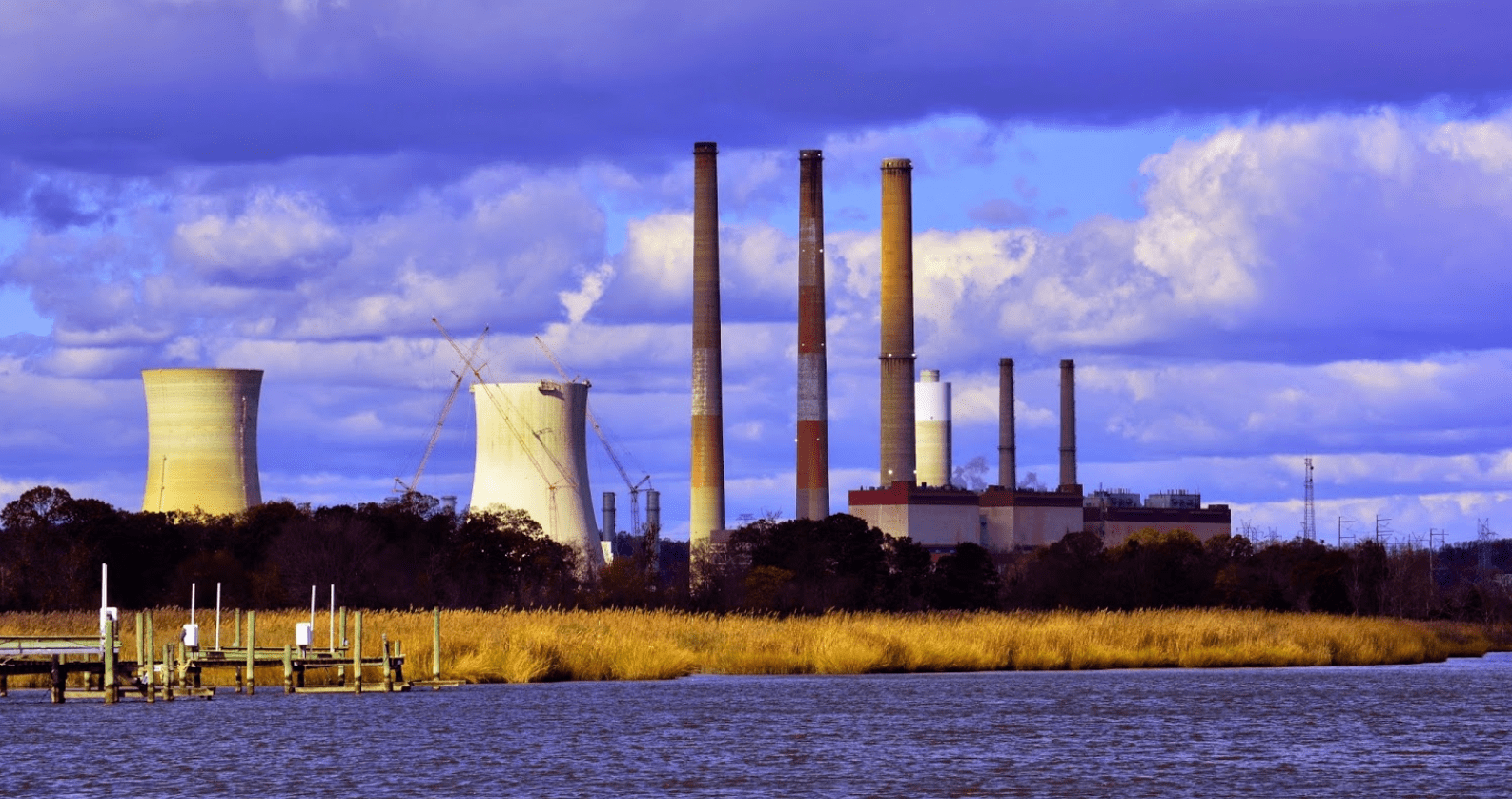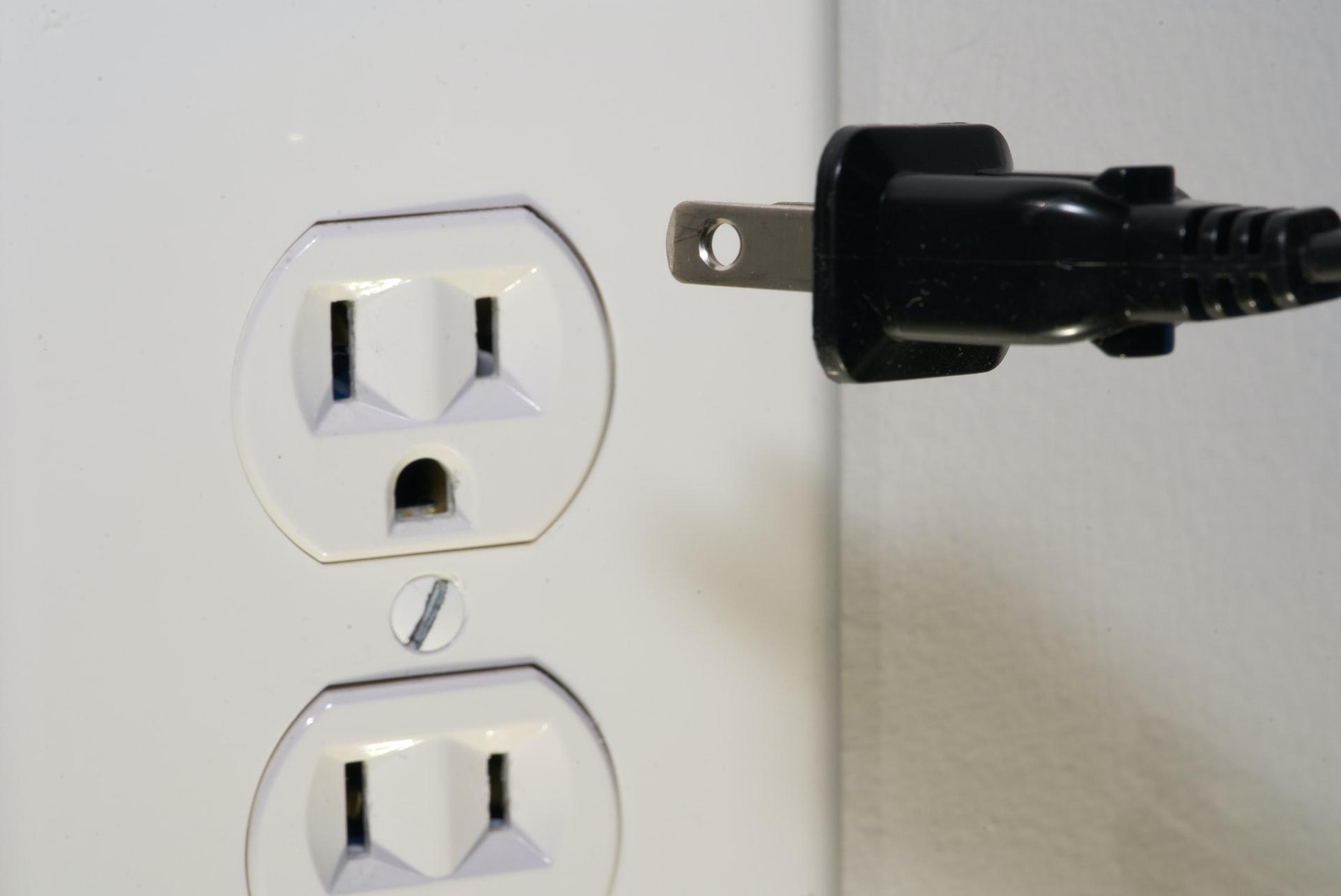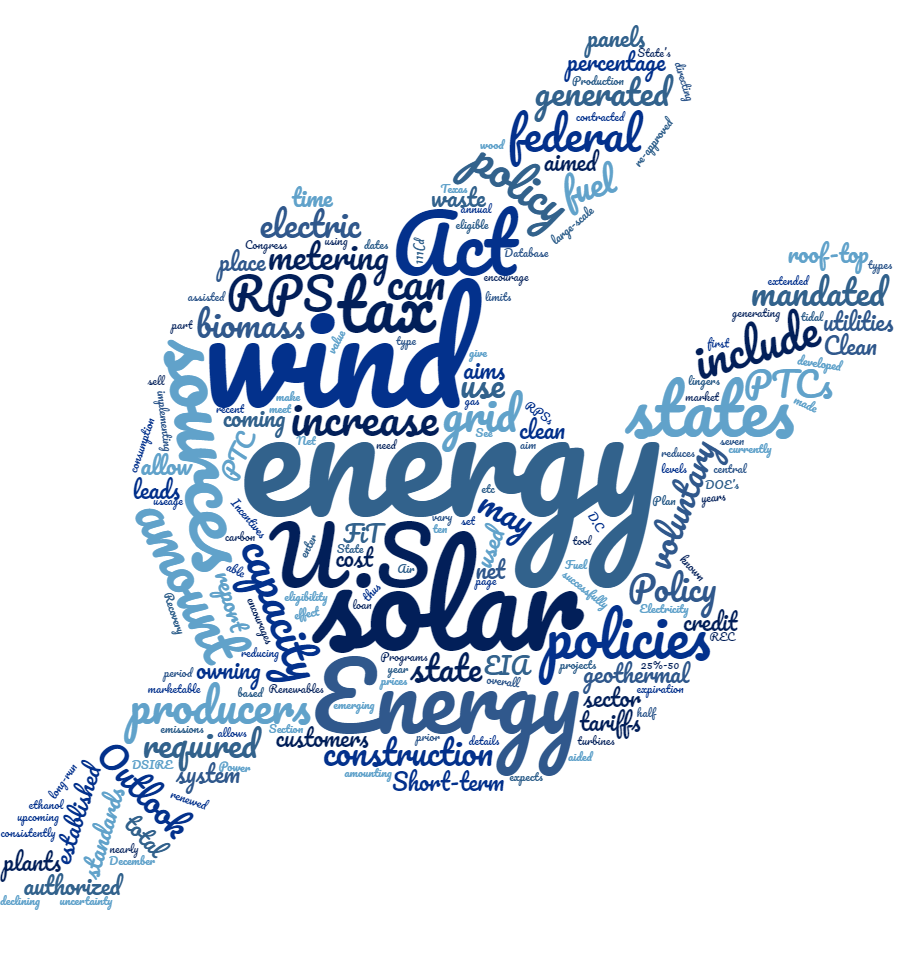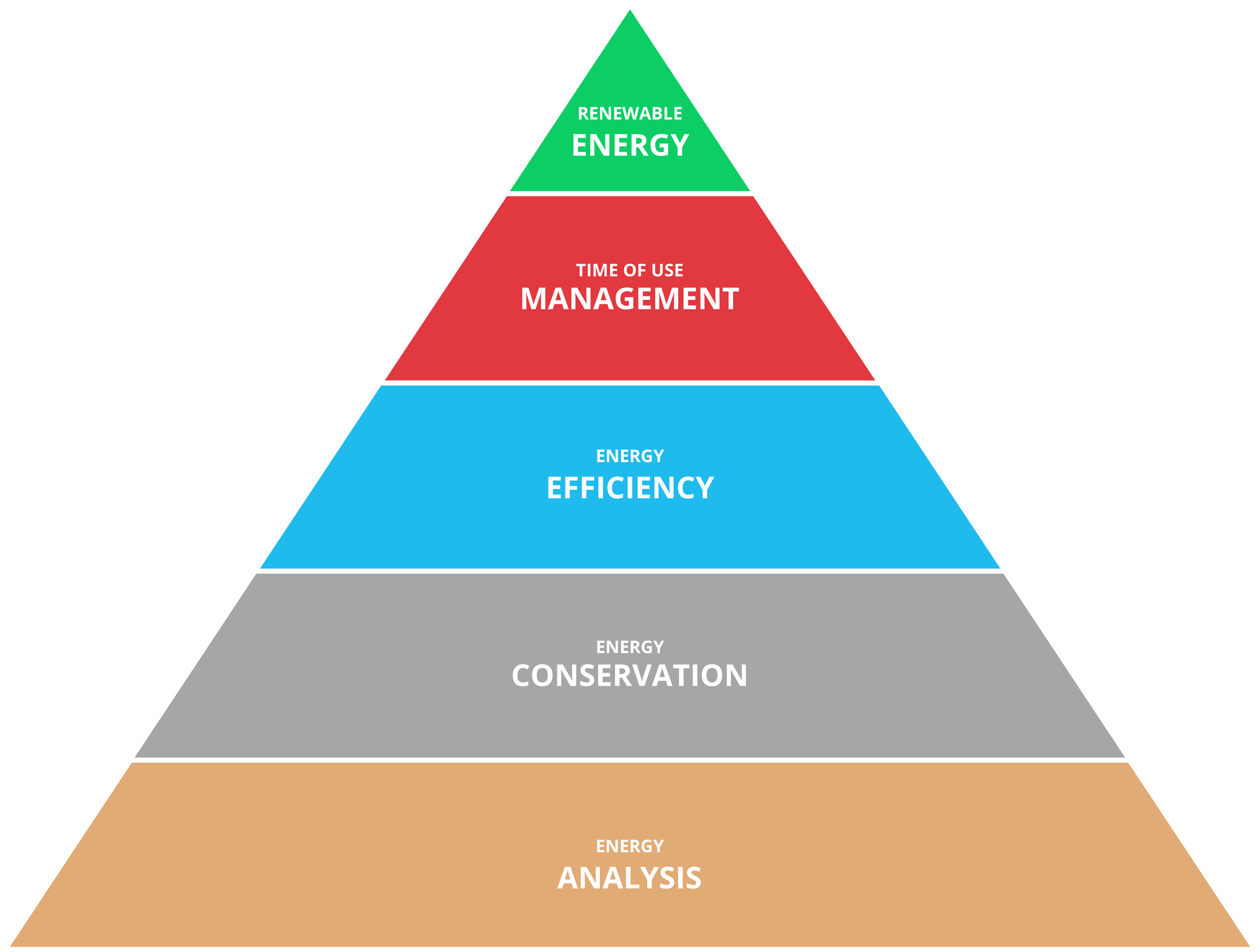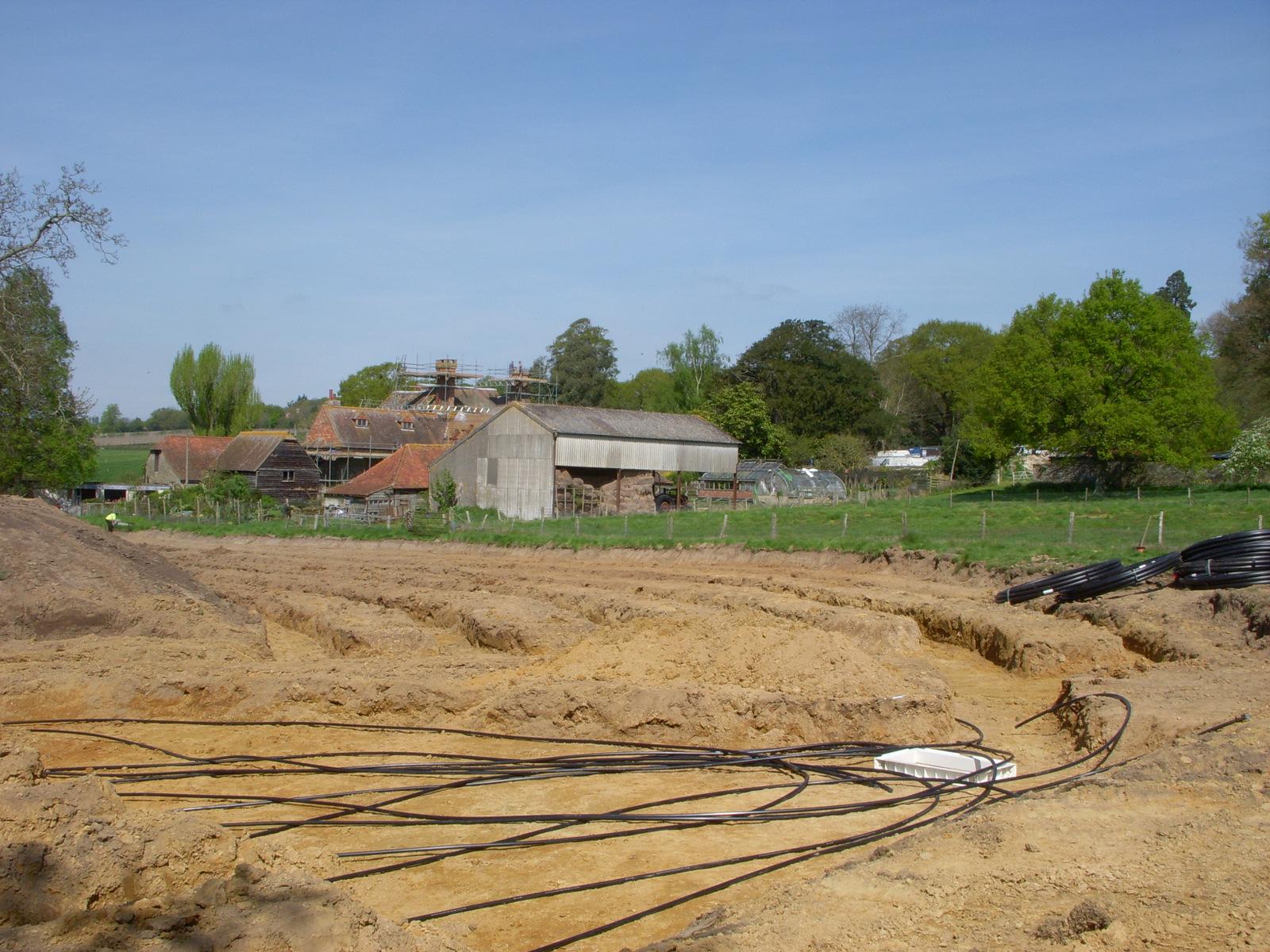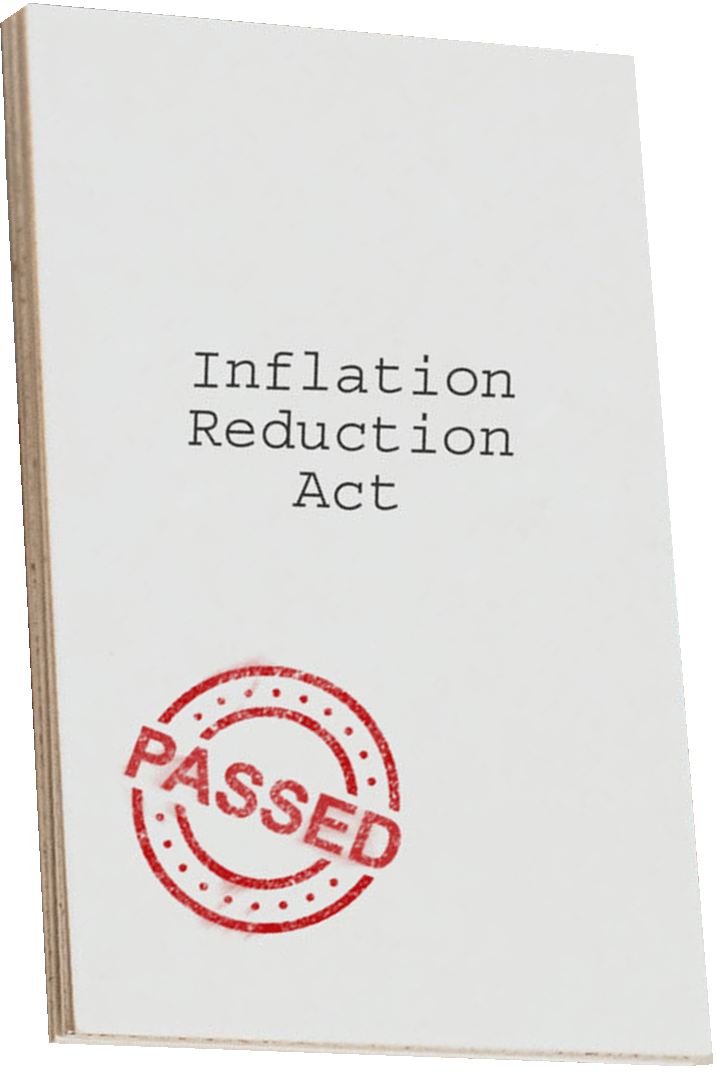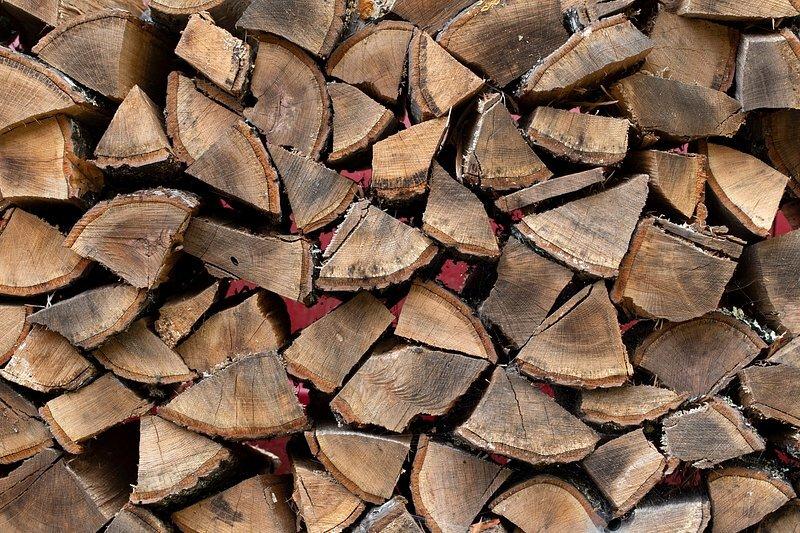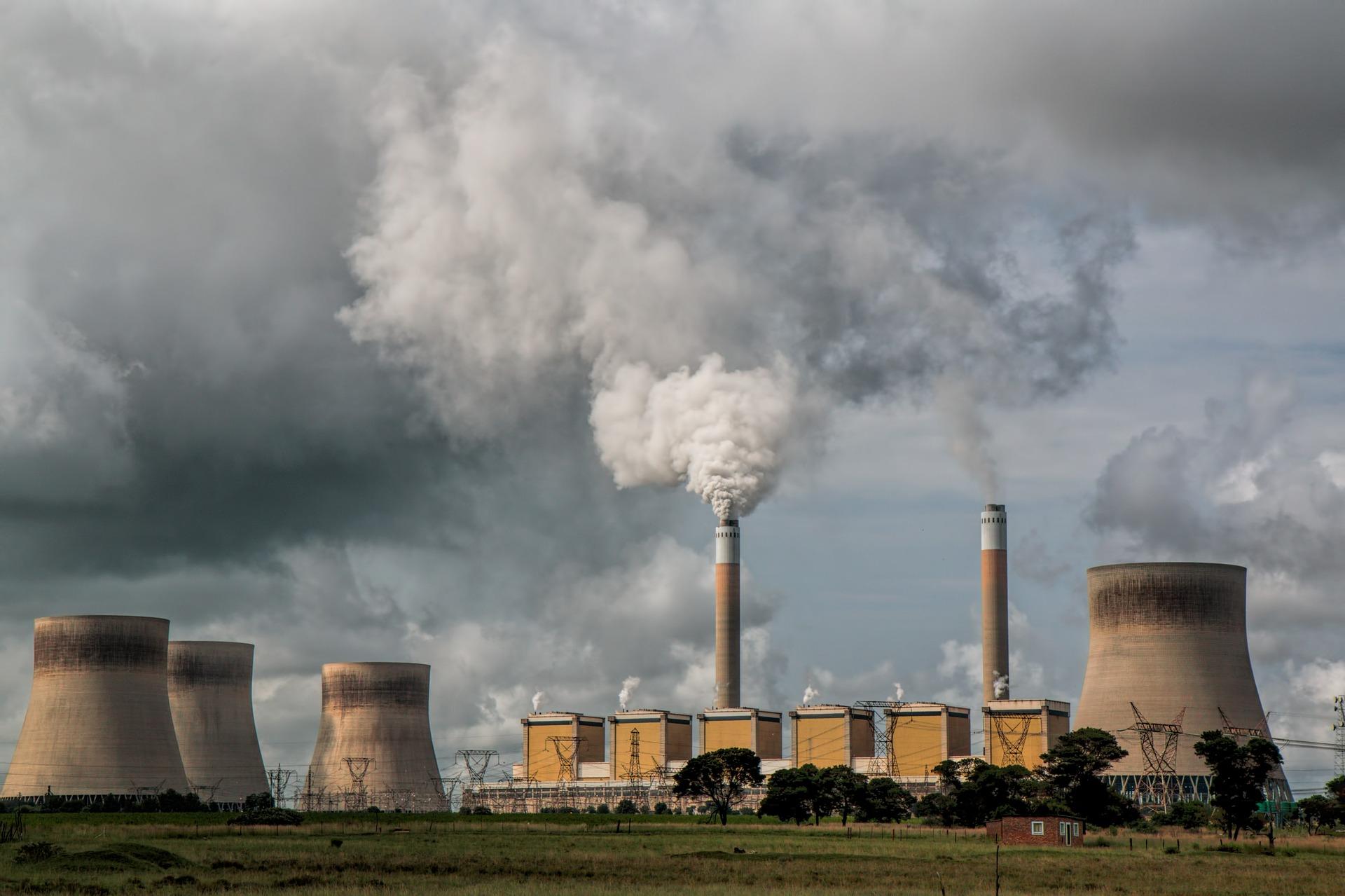
The Earth’s atmosphere contains gases that help to warm the planet and support life by absorbing and emitting radiation (greenhouse effect). One of these gases is carbon dioxide (CO₂). In a completely natural world, CO₂ levels are balanced by natural processes. Plants absorb CO₂ and produce oxygen (O₂) – while animals use O₂ and produce CO₂. However, as fossil fuels are burned, additional CO₂ is released into the atmosphere. The amount released is more than what can be naturally balanced and the concentration of several important greenhouse gases (GHGs) have increased by about 40% since industrialization began. In addition to CO₂, other GHGs considered important are methane, nitrous oxide, hydroflorocarbons, perflurocarbons, and sulfur hexafluoride.
These higher concentrations of GHGs may enhance the greenhouse effect, contributing to increased temperatures and changed climates on Earth. While the topic of climate change and global warming remains controversial, it is clear that GHGs help to warm the planet while human activities, such as burning fossil fuels, create additional greenhouse gases. Therefore, many public policies have been enacted in an attempt to reduce the net amount of additional carbon released into the atmosphere.
